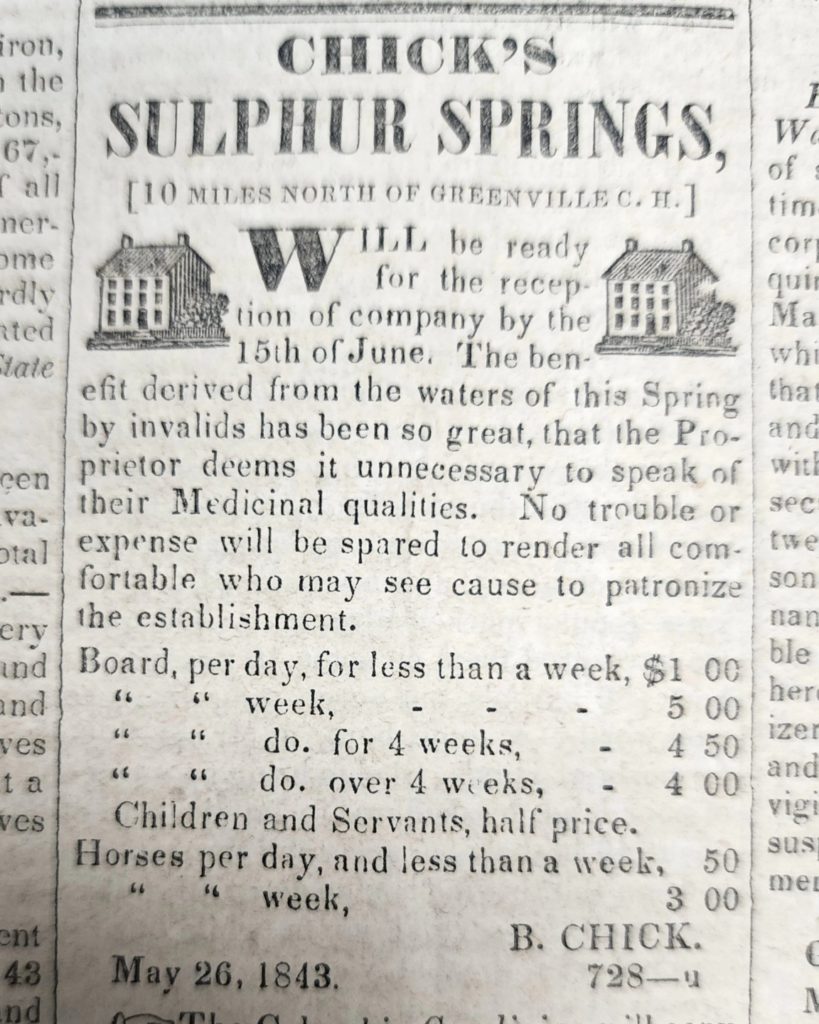Near the fast-growing city of Greenville, SC, there sits an oddly abandoned and overgrown 6-acre lot, just a short distance from a busy highway — a property with a long and storied past — and a name familiar to locals.
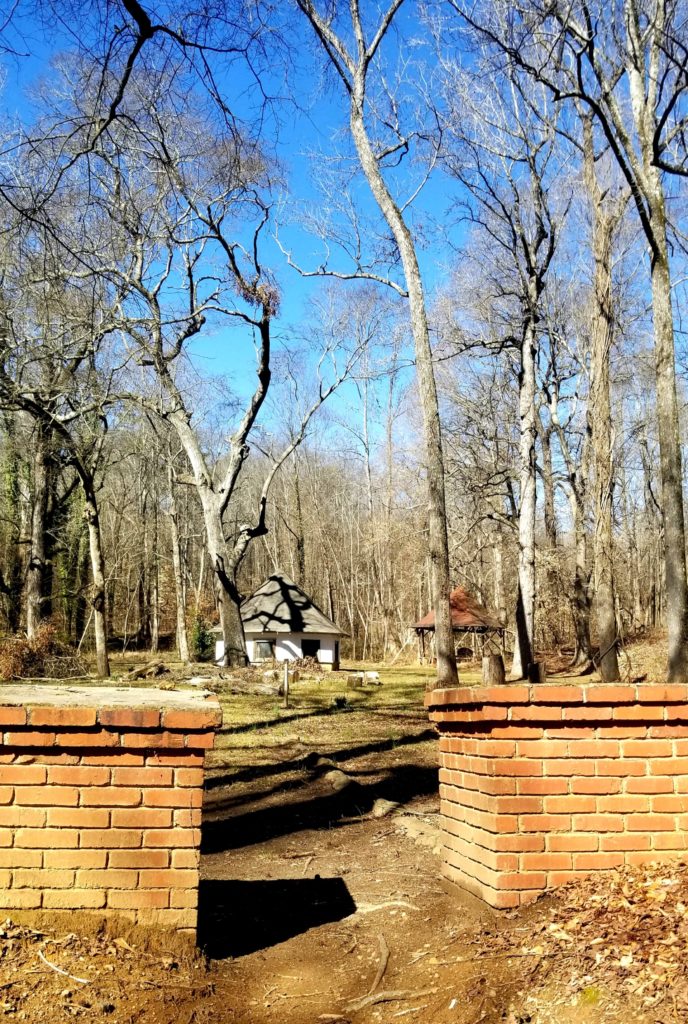
The property, off Wade Hampton Boulevard, is in the Greenville suburb of Taylors. It is in the area referred to as Chick Springs. Many people don’t know the fascinating history of the Springs, or the man it was named after. Some of those who do know about it have conjectured that the property’s long and troubled history is as a result of a Cherokee curse.
The original nearly 200-acre property was a treasured Indian hunting ground, and the site of a mineral spring believed to have healing powers. In the 1830s Dr. Burwell Chick, a physician from Charleston, hunted on the land with Native American guides who introduced him to the healing mineral waters. They called it “Lick Spring,” because it attracted deer who licked minerals and salts from the river rocks.
In 1840, Chick decided to take advantage of the natural beauty and the spring’s medicinal reputation, and he built Chick Springs Mineral Springs Resort for summer guests. After Chick died in 1847, his sons Pettus and Reuben took over, and by the 1850s, up to 100 people a day visited the resort, by then known as the Chick Springs Hotel.
New owners took over in 1857, but the turmoil of the Civil War shut down the resort, and a year later, the hotel caught fire and burned. The property sat idle for years until an Atlanta attorney rebuilt the resort on a smaller scale.
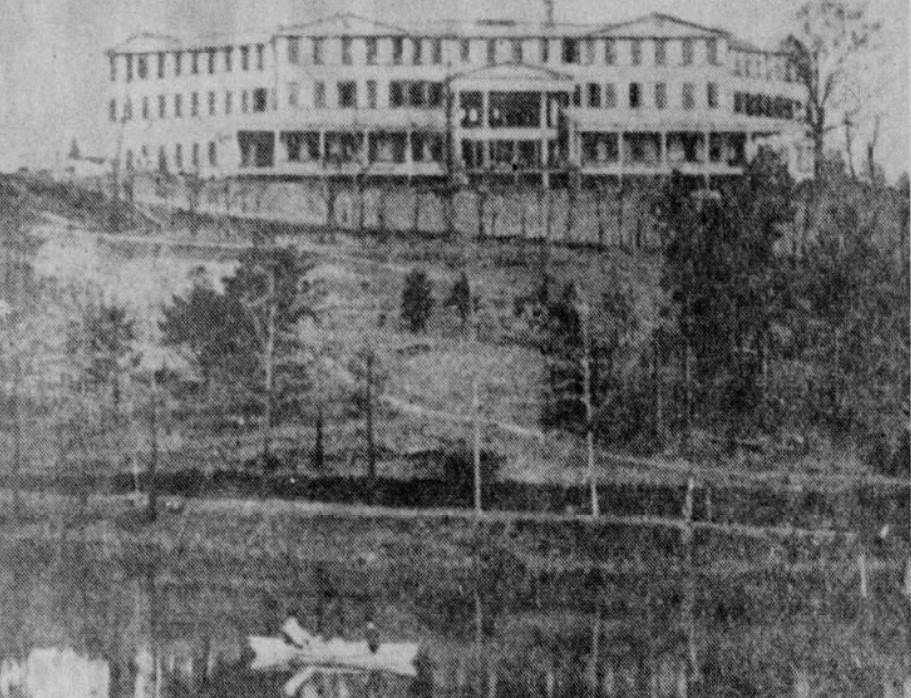
In 1903, Greenville grocer and entrepreneur, J. A. Bull, bought the property with plans to bottle and sell the famous mineral water. Bull and his partners greatly expanded the resort with more than 100 guest suites, a ballroom, tennis court, equestrian trailers, a swimming pool, a golf course, and a bowling alley.
Just four years later, the hotel caught fire and this time, it burned to the ground.
In 1914, Bull completed an even larger $100,000, 3-story, “fireproof” hotel, designed in the style of Spanish architecture. Despite all the modernization, Chick Springs life as a desirable resort was over. The country was in the throes of World War I, and in the following years, the hotel briefly became the site of a military academy. In 1919, Bull sold the property to the head of a Spartanburg hospital, who went on to use it as the Steedly Clinic and Sanitarium until Steedly’s death in 1932.
In spite of the hotel’s ups and downs, the bottling operation on the property continued to be profitable, and in the 1920s, Chick Springs Ginger Ale Company was incorporated to manufacture carbonated beverages. The company also built a swimming lake and opened a park that included picnic facilities and a large dance floor.
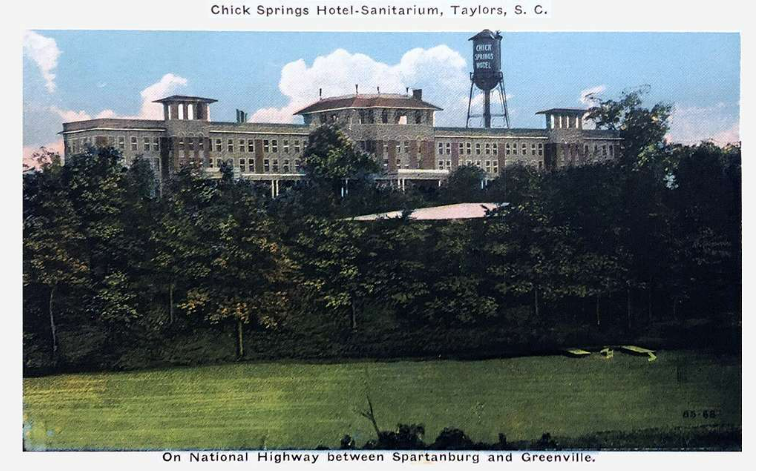
In 1925, the South Carolina Highway Department constructed a highway through the amusement park and bottling plant. The changes left the park and bottling facilities on the west side of the highway adjacent to a 30-foot embankment formed by the construction. Four years later, after a heavy rainfall, the embankment acted as a dam, submerging the amusement park under 20 feet of water. The flooding also filled the mineral springs with sand and mud. The company filed a lawsuit seeking damages, but the case was eventually dismissed.
The property has since been subdivided again and again, and much of it is residential, with the rest overgrown by forest, brambles, and kudzu. The only visible signs of the grand resort of the past are the small spring house and the tattered remains of a gazebo. Residents say the spring still vigorously flows through the pipe in the spring house.
In 1972, the Taylors Garden Club had a Historical Marker placed on the sight, but it was removed when the intersection of Old Chick Springs Road and East Main Street was altered, and the marker’s location is unknown.
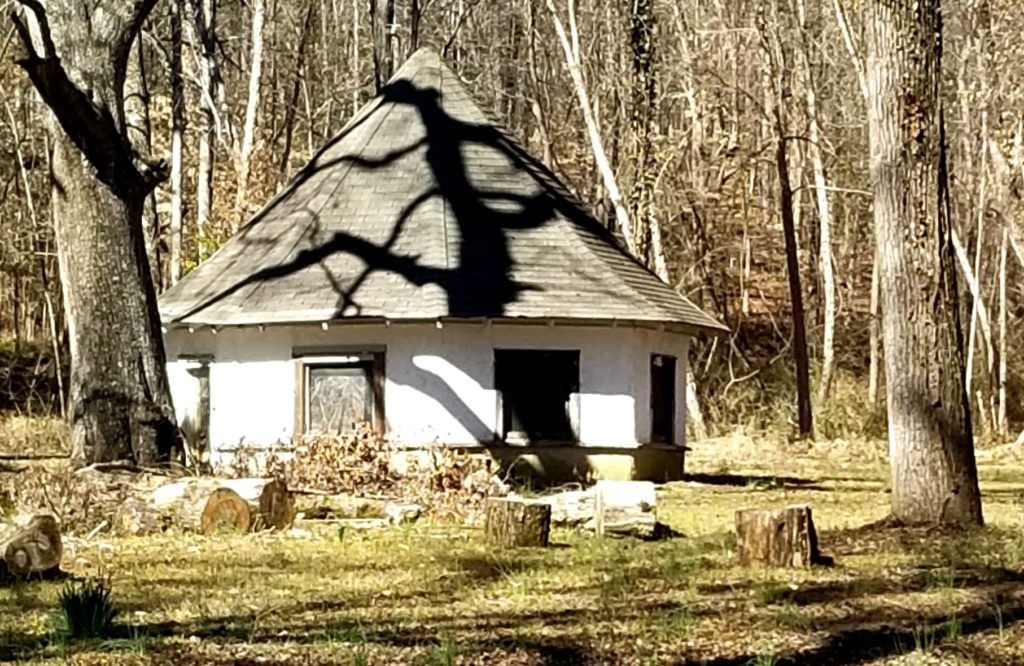
Currently, the nonprofit Taylors Town Square is championing turning the property into a park and potential future trailhead for the Enoree River Trail system, including making springhouse and gazebo publicly accessible.
The property is located on Dan Bull Road in Taylor –, which brings me to its connection to my soon-to-be-published historical fiction novel, “When He Was Gone.”
The novel is built around the true-life events of Elizabeth Garraux and her family, and there is a direct and significant connection between the Garraux family and Daniel Bull. But you’ll have to read the book to learn more! The novel is now in the hands of a publisher, and it has been through the final editing, cover design, and page layout, so it should be available by early summer! (I will update this page with publishing and availability information, along with my Facebook page.)
